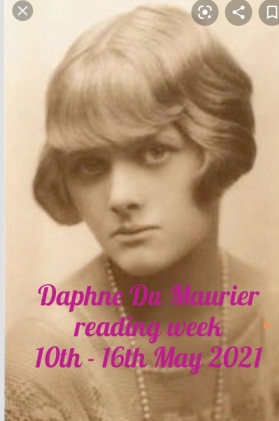 Look, yes, I’m cheating again – The Home (1971) isn’t a novella, since it’s 230 pages, but I had a bit more time to read today, and I thought I’d spend it here. And I’m so glad I did – The Home is brilliant (and, indeed, rather better IMO than the other Mortimer I read earlier in May, My Friend Says It’s Bullet-Proof).
Look, yes, I’m cheating again – The Home (1971) isn’t a novella, since it’s 230 pages, but I had a bit more time to read today, and I thought I’d spend it here. And I’m so glad I did – The Home is brilliant (and, indeed, rather better IMO than the other Mortimer I read earlier in May, My Friend Says It’s Bullet-Proof).
The home of the title is the one that Eleanor Strathearn moves to after leaving her husband Graham – because of his affair with a younger woman, also called Eleanor though known as Nell. He has bought her the house, under some sufferance, and she has taken almost all the furniture. She goes with their youngest son, Philip (15) – they have four other children, adults living lives of careful detachment from their parents.
The course of the novel follows the aftermath of this split, and brings in their respective mothers too. Mortimer is brilliant at combining different permutations of the family and showing the dynamics that emerge – sometimes confiding, sometimes awkward, usually fraught in some way.
What I loved most about The Home is the tone of voice. Mortimer is drily funny and quite odd, and fans of Muriel Spark or Beryl Bainbridge will find a lot to enjoy. Her descriptions of people are always slightly off-kilter and wonderful. Here is Eleanor’s mother, Mrs Bennet:
While not exactly believing in God – the prospect was a little ridiculous – she was devoted to death, regarding it as the cure for all evils, by which she meant life. However, she remained indomitably alive. Other elderly ladies – at the time of the break-up she was eighty-two – suffered from fluttering hearts, poor eyesight, deafness, arthritis. Mrs Bennet was healthier than she had been at eighteen, and as much in command of her faculties. She also grew more knowledgeable every year, and was now far better informed about politics, the arts, drug addiction, space travel, sexual permissiveness and other topics of absolutely no use to her than her husband, a gentleman farmer and Justice of the Peace, had ever been.
There is a cynicism about romance and relationships throughout The Home – one character says, “Whoever heard of a happily married couple in 1971?” – but there is also a sort of hope that is as indomitably alive as Mrs Bennet. Or at least a triumph of hope over experience. Everybody wants slightly different things, and knowingly damages and disregards the people around them in pursuit of these things – but doing so, at the same time, with genuine love and care. It is all excellently observed.
I don’t know The Home is less well-known than some of Mortimer’s other books. It probably isn’t quite the exhilarating tour de force of The Pumpkin Eater, but it is certainly recognisable as the same brilliant authorial mind. I loved it.






